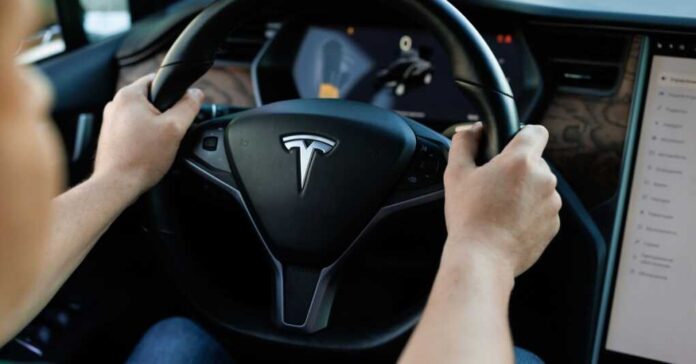
The recent findings from the Department of Transportation regarding Tesla’s Autopilot system are raising serious concerns about driver and vehicle safety. According to reports, this system has been linked to 467 vehicle crashes, 14 of which were fatal, and numerous others causing severe injuries. This data highlights what federal authorities call a “critical safety gap” in Tesla’s technology.
The Department of Transportation is investigating Tesla’s December 2023 recall, which affected over 2 million vehicles. This investigation assesses whether Tesla’s Autopilot system updates adequately reduce driver distractions and prevent accidents.
The National Highway Traffic Safety Administration, part of the Department of Transportation, has released documents indicating that 20 crashes occurred after the recall.
The massive recall impacted all vehicles with Autopilot or driver assistance systems, including popular models like the Model 3, Model X, Model S, Model Y, and the Cybertruck. Autopilot’s driver monitoring systems detect when drivers are not adequately engaged with the vehicle’s controls, such as not keeping their hands on the steering wheel.
The safety administration initiated the recall following a thorough two-year investigation into Tesla’s Autopilot system. The investigation focused on instances where Tesla vehicles collided with emergency vehicles while Autopilot was engaged.
Despite Tesla’s efforts to enhance driver warnings through software updates, including alerts for hands-off steering wheel situations, the agency found that these measures have only partially prevented accidents. This has led to renewed concerns about the reliability of Tesla’s autonomous driving technology.
This ongoing saga with Tesla’s Autopilot system highlights broader issues within the automotive industry regarding the implementation and regulation of autonomous features. While these technologies promise to improve road safety and efficiency, they also pose significant challenges that must be addressed to ensure public safety.
Both automakers and regulatory agencies must work together to develop robust safety standards and protocols for autonomous driving systems. This includes comprehensive testing, clear guidelines for driver engagement, and effective mechanisms to address emerging safety issues promptly.
A 2022 Tesla Model S, equipped with Autopilot, was allegedly involved in a collision that resulted in the death of Jeffrey Nissen, a 28-year-old motorcyclist, earlier in April.
Reports indicate that the vehicle owner admitted to using the Autopilot system while distracted by his phone. The driver allegedly relied on the Autopilot mode to drive for him, leading to a fatal collision with the motorcyclist.
Authorities are investigating the crash and have arrested the driver for investigation of vehicular homicide. However, it has not been officially confirmed whether the Autopilot system was engaged at the time of the incident.
Critics have raised concerns about the effectiveness of Tesla’s driver monitoring system, particularly its limitations at night. While Teslas are equipped with cameras to monitor drivers, they lack night vision capabilities, raising questions about the system’s reliability in various conditions.
The ongoing investigation into Tesla’s Autopilot system stems from previous incidents, including reports of Teslas colliding with parked emergency vehicles while using Autopilot. These incidents, along with others involving Autopilot and the advanced “Full Self Driving” system, have raised serious questions about the safety and functionality of Tesla’s autonomous features.
Tesla has reiterated that Autopilot and Full Self Driving are driver assistance systems, not fully autonomous technologies. Despite the name, “Full Self Driving” requires drivers to stay attentive and ready to take control of the vehicle at all times.
CEO Elon Musk’s vision of a fleet of “robotaxis” driven by Full Self-driving technology has faced delays and challenges, highlighting the complexities involved in achieving fully autonomous driving capabilities.
As technology continues to evolve, ensuring the safety of drivers, passengers, and pedestrians should remain a top priority for all stakeholders involved in the automotive industry.
As we’ve seen, Tesla’s challenges with its Autopilot system have highlighted broader issues within the automotive industry. It’s not just about Tesla; it’s about the future of autonomous driving and how we navigate the road to ensure safety for everyone.






